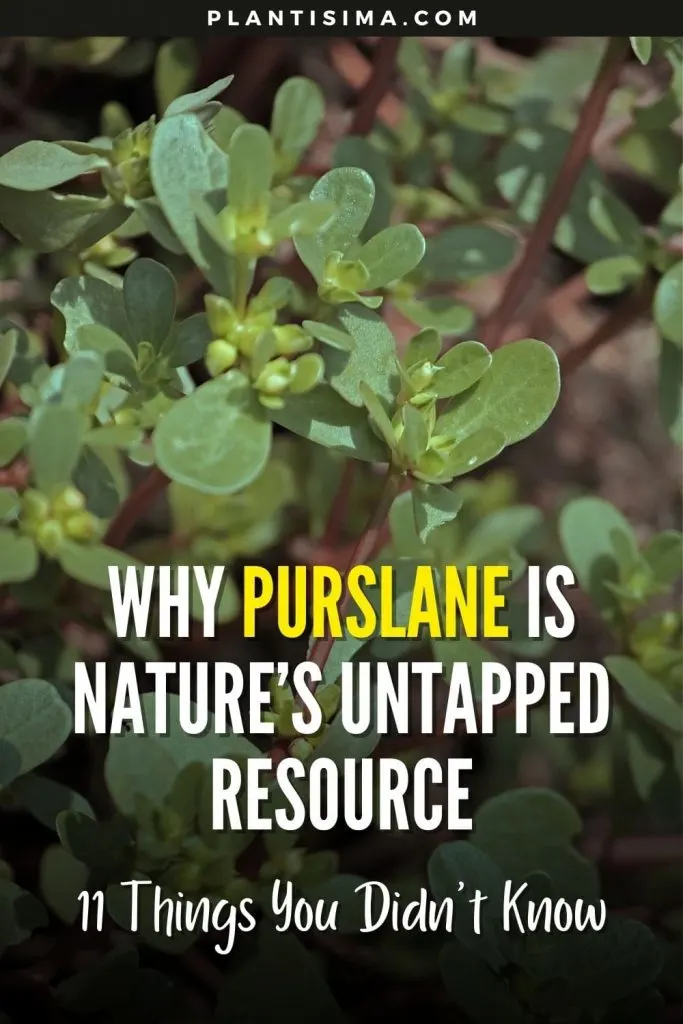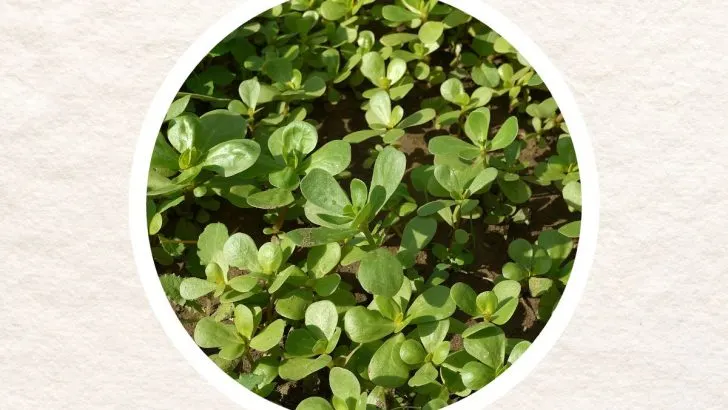Purslane might look like just another weed, but don’t be fooled. This little plant is packed with nutritional and medicinal benefits that make it a true hidden gem in your garden.
With its succulent leaves and bright yellow flowers, purslane is more than just an uninvited guest in your flowerbeds.
Let’s uncover 11 surprising benefits of purslane that might just change the way you think about this versatile plant.
1. A Nutritional Powerhouse
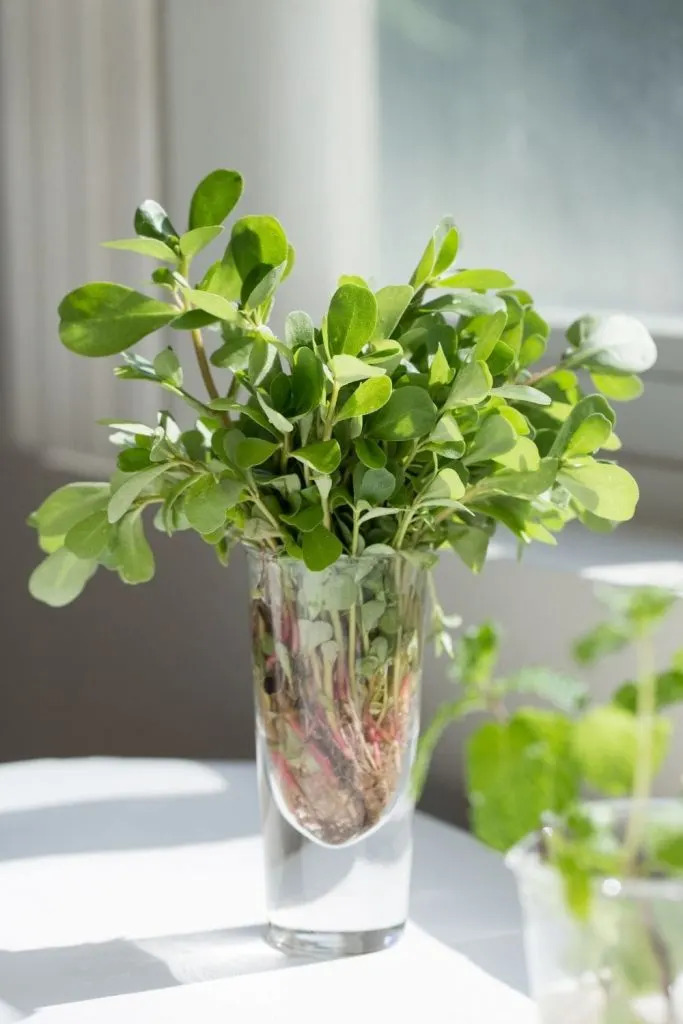
Did you know that purslane contains more Omega-3 fatty acids than any other leafy green? This makes it an excellent plant-based source of essential fatty acids, particularly for vegetarians and vegans.
In addition to Omega-3s, purslane is rich in vitamins A, C, and E, along with important minerals like magnesium, potassium, and calcium. Adding purslane to your diet can support heart health, reduce inflammation, and boost your immune system.
2. Rich in Antioxidants
Purslane is loaded with antioxidants, including Vitamin C, Vitamin E, and beta-carotene, which help protect your cells from damage caused by free radicals.
By neutralizing these harmful molecules, antioxidants can lower your risk of chronic diseases like cancer, heart disease, and diabetes. Whether you enjoy it fresh in a salad or cooked in a soup, purslane is a delicious way to get a healthy dose of antioxidants.
3. Drought-Resistant Superplant
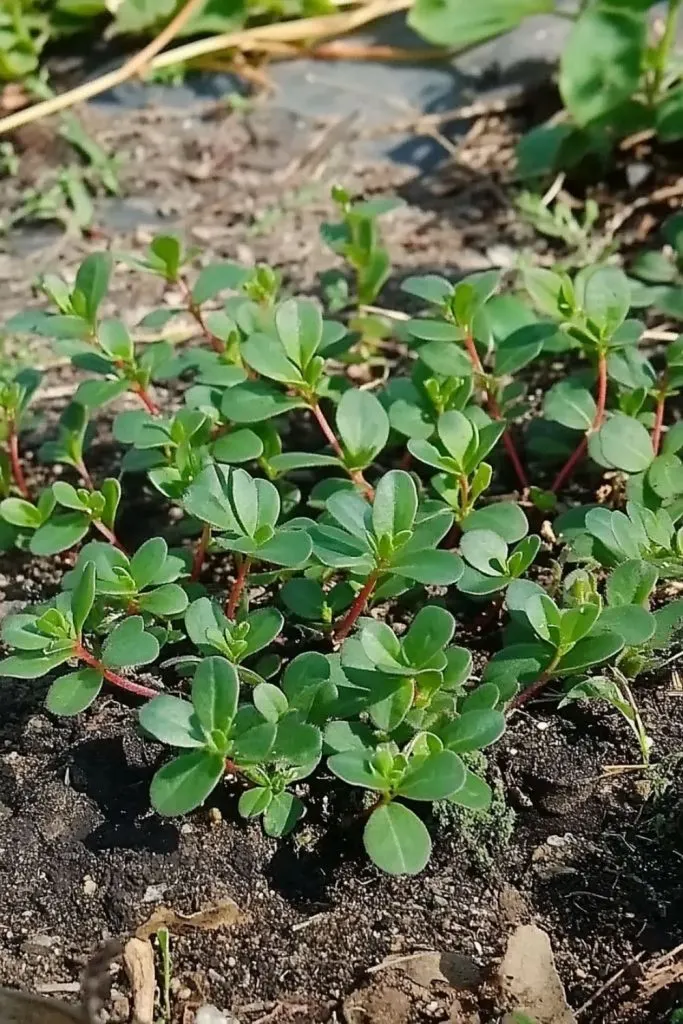
Purslane thrives in arid conditions where other plants might struggle, making it an excellent choice for sustainable gardening. Its ability to grow with minimal water makes it a reliable crop in regions prone to drought. You can plant purslane in your garden as a hardy ground cover that not only survives but flourishes even in the heat of summer.
4. Culinary Versatility
With a slightly tangy, lemony flavor, purslane is a versatile ingredient in the kitchen. It can be used fresh in salads, blended into green smoothies, or cooked as a spinach substitute in a variety of dishes.
Try adding purslane to a summer salad with tomatoes and cucumbers, or sauté it with garlic and olive oil for a simple yet flavorful side dish. Its unique taste adds a refreshing twist to your meals.
5. Medicinal Marvel
Purslane has been used in traditional medicine for centuries to treat a wide range of ailments, from digestive issues to skin conditions. Its anti-inflammatory properties make it effective in soothing conditions like arthritis and inflammatory bowel disease.
Purslane can also be applied topically to treat minor wounds, insect bites, and skin irritations. Whether taken internally or used externally, purslane’s healing powers are truly impressive.
6. A Friend to Your Garden
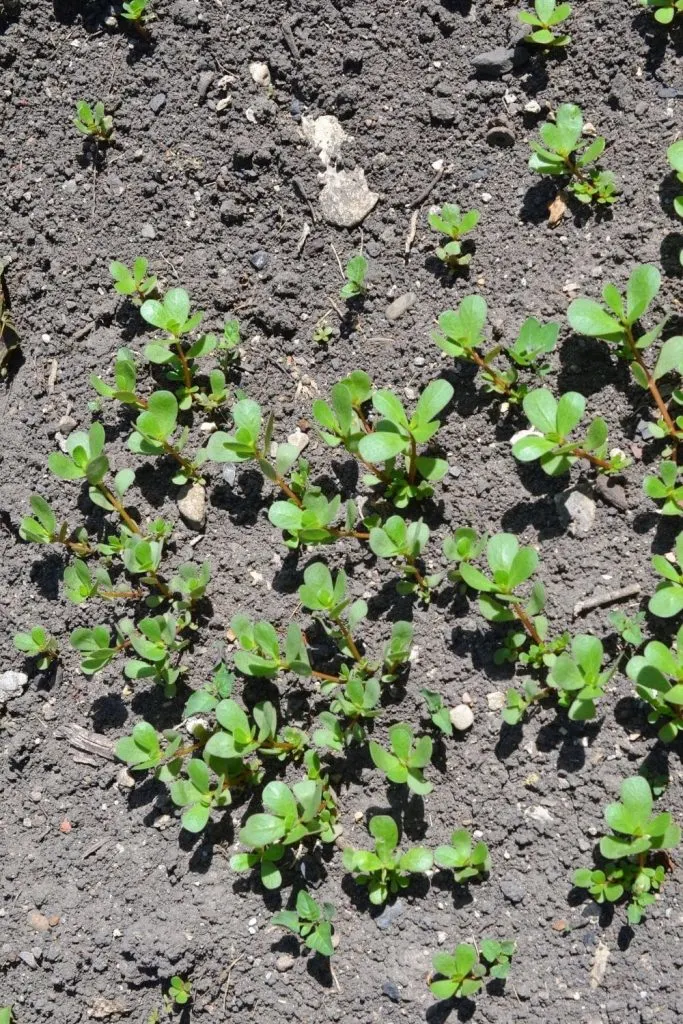
Don’t be so quick to pull purslane out of your garden beds—this plant can actually benefit your other crops. Purslane’s deep root system helps draw moisture and nutrients from deeper layers of soil, making them more accessible to nearby plants.
Additionally, purslane acts as a living mulch, reducing soil erosion and keeping the ground cool. Consider letting purslane grow as a companion plant to help maintain healthy soil and support your garden’s overall ecosystem.
7. Natural Soil Purifier
Purslane isn’t just good for your garden; it’s also a natural soil purifier. This plant has the ability to absorb and break down contaminants like pesticides, heavy metals, and other pollutants from the soil.
By planting purslane, you can help detoxify your garden and create a healthier growing environment for your other plants. This makes purslane an excellent choice for eco-conscious gardeners looking to reduce their environmental footprint.
8. Edible and Nutritious Seeds
Not only are purslane’s leaves edible, but its seeds are also packed with nutrients. These tiny seeds can be harvested and ground into flour, used as a grain alternative, or sprinkled on top of salads and baked goods.
They’re a great source of protein, fiber, and essential fatty acids, making them a valuable addition to your pantry. Consider collecting purslane seeds for a nutritious and sustainable food source.
9. Long-Lasting Freshness
Unlike many leafy greens that wilt quickly after harvesting, purslane has a long shelf life, making it a practical choice for home cooks.
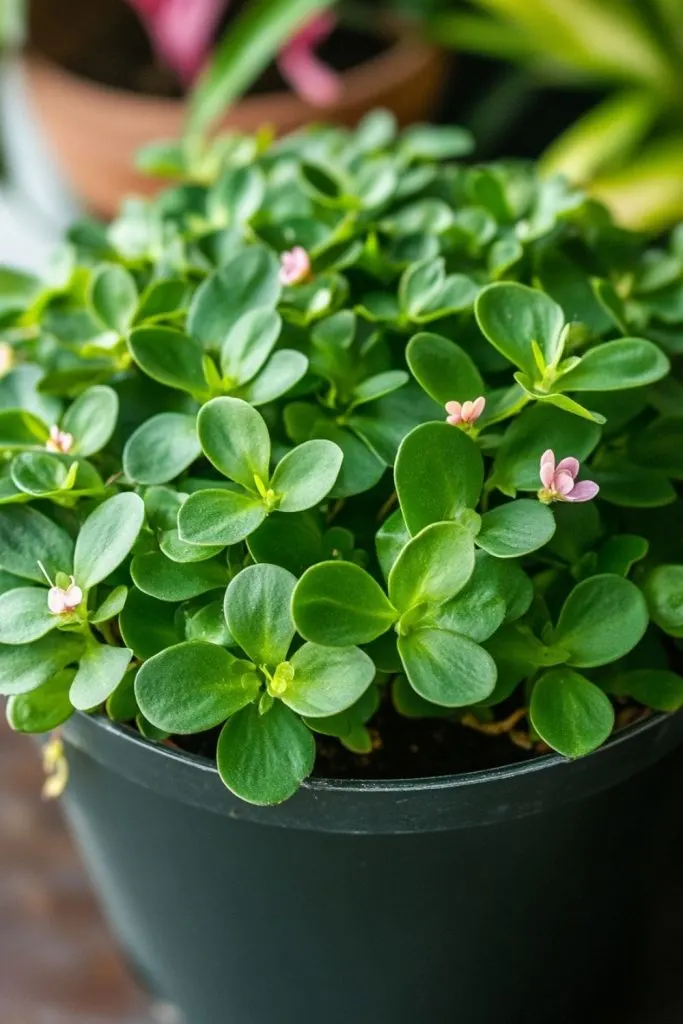
Once picked, purslane leaves can stay fresh in the refrigerator for up to a week, allowing you to enjoy its benefits over an extended period. This makes it an ideal green for meal prep and for those who want to reduce food waste.
10. Skin Care Secret
Purslane’s rich Omega-3 and Vitamin E content make it a promising ingredient in natural skin care. These nutrients help moisturize the skin, reduce inflammation, and promote healing.
You can make a simple purslane-infused oil by steeping fresh purslane in a carrier oil like olive or jojoba oil, then applying it to your skin as a moisturizer or soothing treatment for irritated areas.
11. A Plant with a Rich History
Purslane has been valued across different cultures for centuries, both as a food and as a medicine. Ancient Egyptians used it to treat digestive issues, while in Chinese medicine, purslane is known as “the vegetable of long life.”
This historical significance highlights the plant’s versatility and enduring value. By incorporating purslane into your life, you’re continuing a tradition that spans thousands of years.
Purslane is far more than just a weed, it’s a nutritional powerhouse, a medicinal marvel, and a valuable ally in the garden. Whether you’re looking to boost your health, enhance your skin care routine, or improve your garden’s ecosystem, purslane has something to offer.
Next time you see this “weed” in your garden, remember these 11 surprising benefits and consider giving it a place of honor in your home and on your plate.
Note: While purslane is generally safe and nutritious, always consult with a healthcare professional or a botanist before consuming or using any wild plants, especially if you’re not sure about their identification or potential look-alikes.
